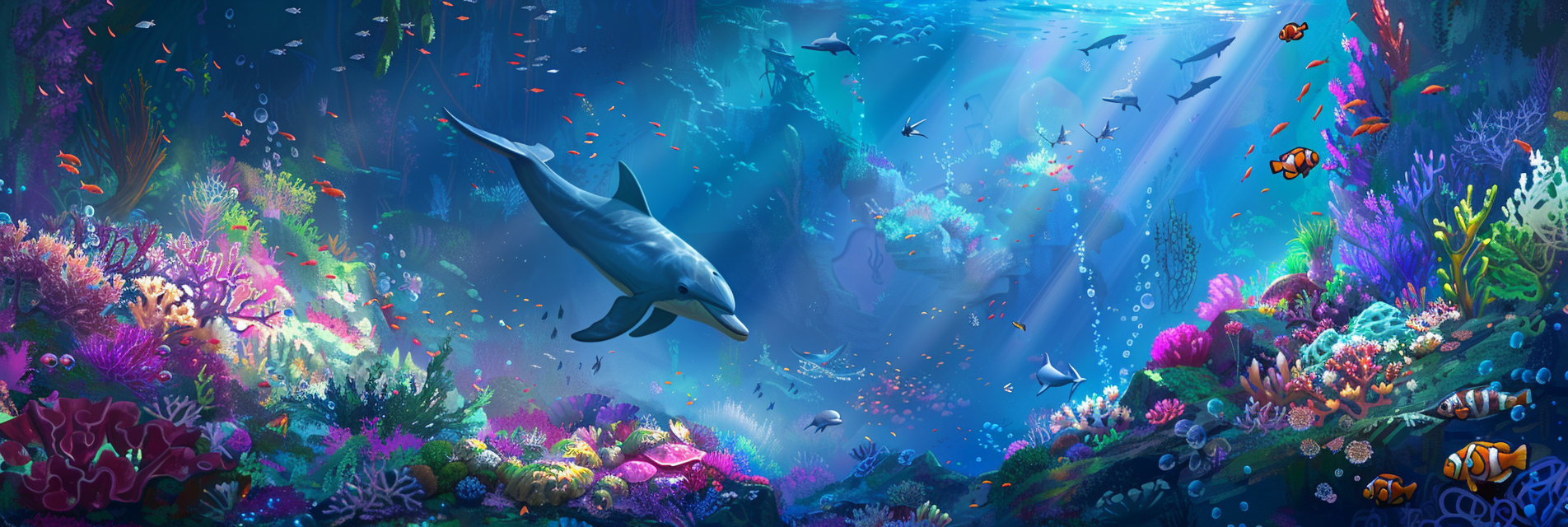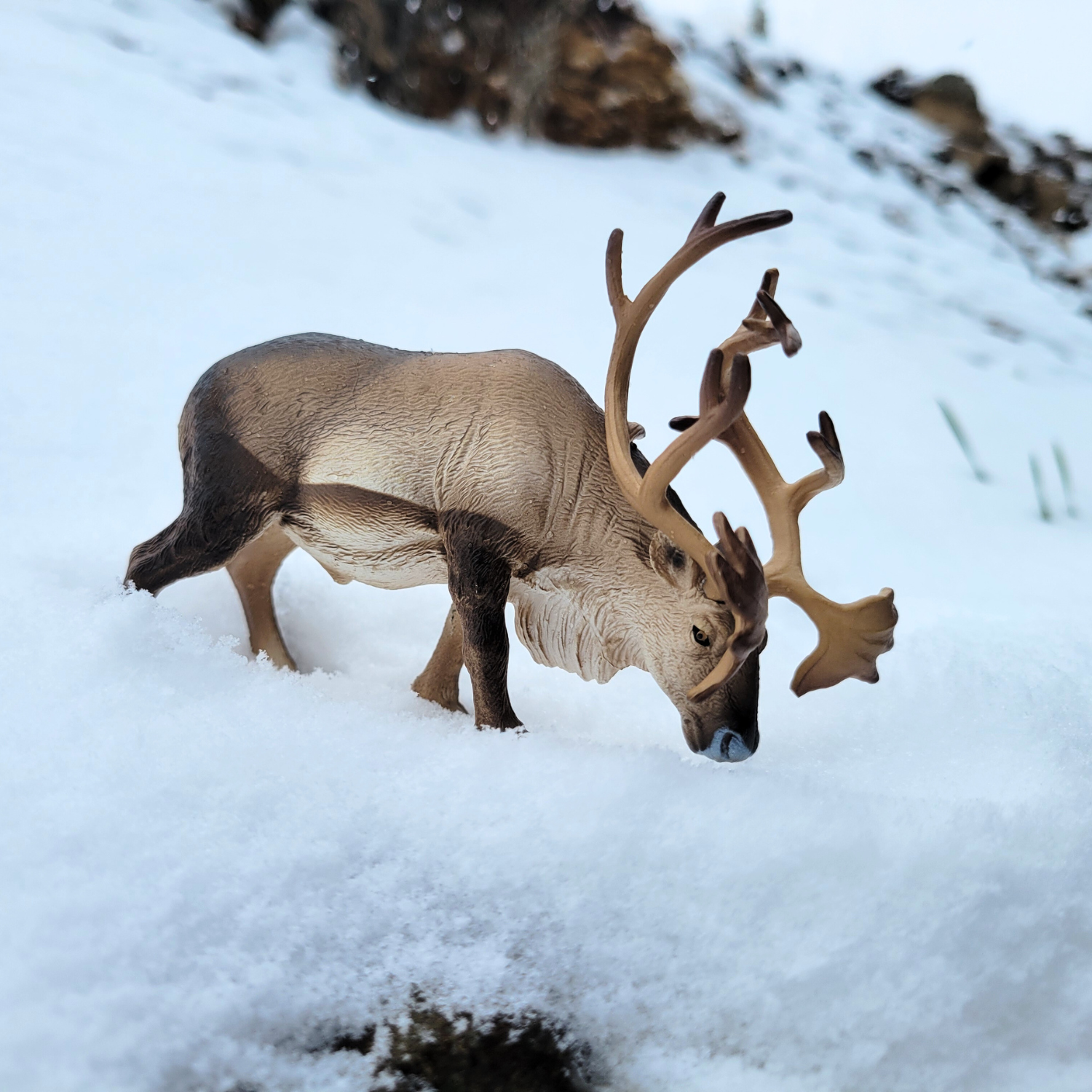
Sawfish
Known for its long, narrow, flattened snout edged with teeth, resembling a saw. These fish are found in shallow tropical and subtropical waters and are critically endangered due to habitat loss and fishing.
Scientific Name
Pristidae
Behavior
Sawfish are cartilaginous fish with a flattened body and a saw-like rostrum, or snout, which they use to detect and capture prey. They primarily inhabit coastal and estuarine waters and are known to bury themselves in the sand or mud to ambush prey. They primarily feed on fish, crustaceans, and other small marine creatures.
Breeding
Sawfish reproduce through internal fertilization, with males transferring sperm to females via specialized pelvic fins. Female Sawfish give birth to live young, known as pups. Sawfish pups are relatively large at birth and resemble miniature versions of adults
Characteristics
The most distinctive feature of the Sawfish is its long, flat rostrum, which is studded with sharp, tooth-like structures called rostral teeth. This saw-like appendage can grow up to one-third the length of the fish's body. Sawfish can reach lengths of up to 25 feet (7.6 meters) or more, depending on the species. They have a dorsal fin located toward the rear of their body and a streamlined shape for efficient swimming.
History
Sawfish populations have been severely impacted by overfishing and habitat loss. The rostrum of the Sawfish was historically sought after as a curiosity or for its ornamental value, leading to extensive hunting. Additionally, habitat degradation and entanglement in fishing gear have contributed to their decline.
Current Status
Sawfish are among the most threatened and endangered of all elasmobranchs (sharks and rays). They are listed on the International Union for Conservation of Nature (IUCN) Red List as critically endangered or endangered, depending on the species. Conservation efforts are underway to protect and recover Sawfish populations. These efforts include habitat conservation, fisheries management, and international trade regulations to prevent their exploitation and trade. Conservationists are also involved in monitoring and research to better understand and safeguard these unique and vulnerable




